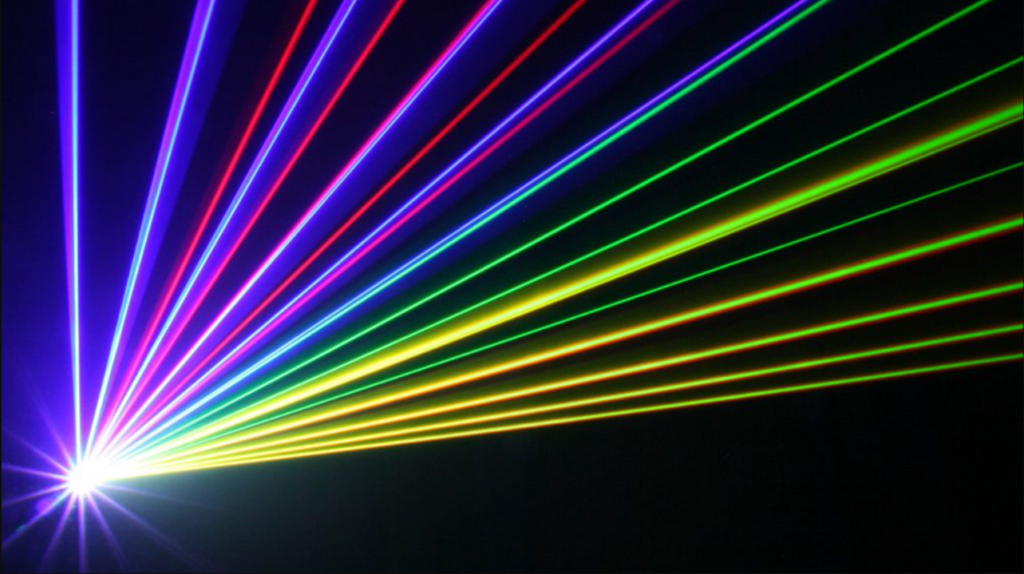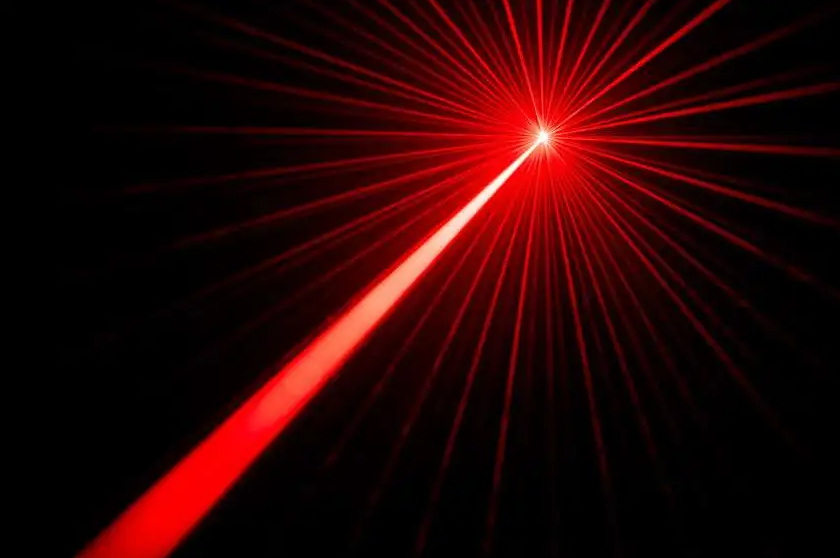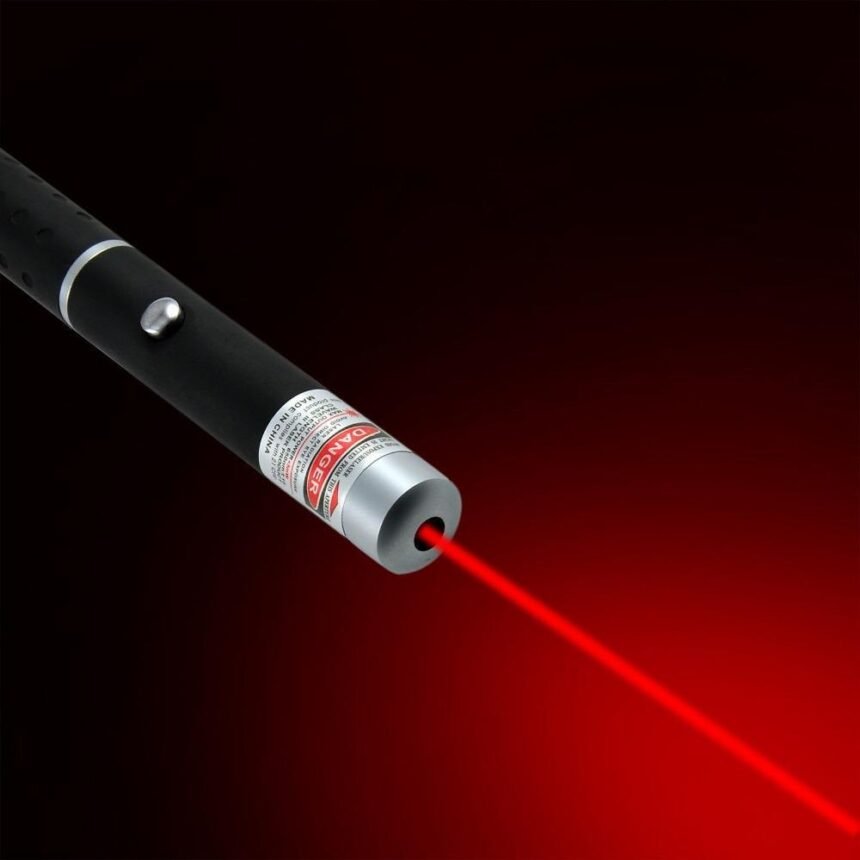Laser technology has become an integral part of our daily lives, from barcode scanners at the supermarket to cutting-edge medical devices. One intriguing aspect of lasers is their distinct colors, with red being one of the most common. But have you ever wondered why laser light is often red? This article delves into the science behind the red color of laser light
Understanding Laser Light
To comprehend why laser light is red, we must first understand the fundamentals of how lasers produce light. LASER stands for Light Amplification by Stimulated Emission of Radiation, and it relies on the principles of stimulated emission, amplification, and resonance within a medium.
Inside a laser system, there is a gain medium, which is typically a crystal, gas, or semiconductor. When energy is supplied to the gain medium (through a process called pumping), it stimulates atoms or molecules within the medium. These excited particles then emit photons (particles of light) as they return to their lower-energy states. This process creates a cascade of photons, resulting in the emission of coherent, monochromatic (single-color), and intense laser light.

The Role of Wavelength
The color of laser light depends on the wavelength of the emitted photons. Wavelength is the distance between successive peaks (or troughs) of a wave and is inversely proportional to the energy of the light. In simpler terms, shorter wavelengths correspond to higher-energy light, while longer wavelengths correspond to lower-energy light.
In the visible light spectrum, different colors are associated with specific wavelength ranges. Red light falls on the longer wavelength end of this spectrum. To produce red laser light, the gain medium must emit photons with wavelengths in the red portion of the spectrum.
Red Laser Light Sources

Now, let’s explore the common sources and mechanisms that produce red laser light:
- Semiconductor Lasers: In semiconductor lasers, red light is often generated by using specific semiconductor materials like gallium arsenide (GaAs) or indium gallium arsenide phosphide (InGaAsP). These materials emit light in the red region when electrons transition from higher to lower energy levels.
- Diode Lasers: Red diode lasers are widely used in applications like laser pointers, DVD players, and barcode scanners. They rely on the properties of semiconductor materials to emit red light when an electric current is passed through them.
- Gas Lasers: Some gas lasers, such as helium-neon (He-Ne) lasers, emit red light. In these lasers, a mixture of helium and neon gases is used as the gain medium, and the resulting red light is due to transitions between energy levels in neon atoms.
- Solid-State Lasers: Ruby lasers, another type of red laser, use a synthetic ruby crystal as the gain medium. When flash lamps pump energy into the crystal, it emits red light as a result of electronic transitions.
- Laser Pointers: Red laser pointers are commonly used in presentations, lectures, and public speaking engagements due to their visibility and reliability. They make it easy to emphasize key points and engage with an audience.
- Optical Disc Drives: Red lasers, often operating at a wavelength of around 650 nanometers, are integral to optical disc drives like CD and DVD players. They read and write data by interpreting the reflective properties of the discs’ surfaces.
- Barcode Scanners: Supermarket and retail cashiers rely on red laser barcode scanners to swiftly and accurately scan product barcodes. The laser beam reads the barcode’s lines and spaces, translating them into product information.
- Astronomy and Stargazing: Amateur and professional astronomers use red laser pointers for stargazing and celestial observation. Red light helps preserve night vision and reduces light pollution, making it easier to view celestial objects.
- Medical Equipment: Red lasers find applications in various medical devices, including those used for eye surgery, dermatology, and diagnostic equipment. The precision of red laser light is invaluable in these sensitive medical procedures.
- Communication: Red laser light is employed in fiber optic communication systems, where it travels through optical fibers to transmit data over long distances with minimal signal loss.
- Entertainment: The captivating visual effects produced by red laser light are a mainstay in concerts, laser light shows, and entertainment attractions, creating mesmerizing displays that captivate audiences.
- As technology continues to evolve, the application of red laser light, along with lasers of other colors, is expanding into new areas, including quantum computing, materials processing, and advanced imaging techniques. Researchers and engineers continue to push the boundaries of what lasers can achieve, making them an essential tool in our modern world

Conculsion
conclusion, the red color of laser light is a product of the specific wavelengths emitted by the gain medium within the laser system. This distinct color has proven indispensable across numerous industries, enhancing our daily lives and enabling cutting-edge advancements in science and technology. The allure of red laser light lies not only in its color but also in the remarkable precision and versatility it offers.
ALSO READ:Nalanda University In G20 2023: A Testament To India’s Intellectual Heritage




































